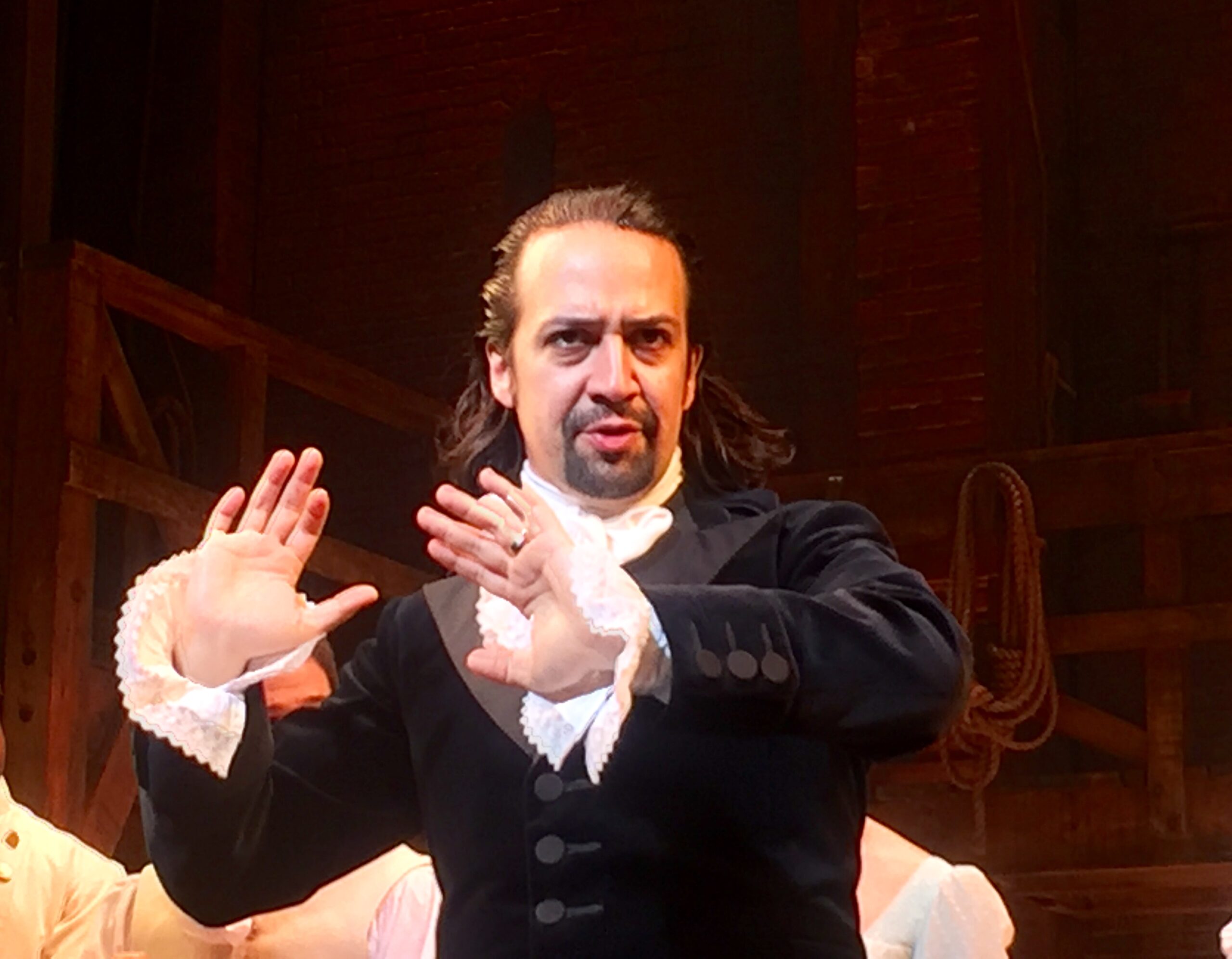When I find myself in times of musical trouble, Captain Beefheart comes to me. His Marcel Duchamp-meets-James Brown shtick goes places no other experimental prog-blues-jazz artist ever has—places of absurdist virtuosity where the gap between the artist and the mask disappears, where words and music have relationships that defy physical laws. Many have tried, but few have so well succeeded in the wild ambition to make surrealist verse cohere in songs that defy all traditional arrangements. For my experimental rock dime, no one has mastered the art so well as Beefheart and his Magic Band.
In fact, every musician, I believe, should sometimes ask themselves, “what would Captain Beefheart do?” But what about Beefheart’s relationship with the other arts? We probably know that the man also named Don Van Vliet was a prolific abstract painter throughout his career, the medium he chose for the last 28 years of his life after he hung up his saxophone in 1982. But did his “strange uncle of post-punk” musical sensibilities translate into poetry, a related but quite different art than that of even the most abstract songwriting?
Well, if Bob Dylan can win a Nobel Prize—and why not?—I see no reason why we can’t consider the work of Captain Beefheart literary art. And in addition to his extraordinary Dadaist songs, Beefheart penned restrained, masterfully imagistic poems with wry humor and crystalline intelligence. His work surely belongs in Alan Kaufman’s Outlaw Bible of American Poetry right next to that of Dylan, Tom Waits, Patti Smith, Tupac Shakur, Gil Scott-Heron, Jim Morrison, the Beats, and dozens more non-musical writers. But it seems that Beefheart’s literary genius has been mostly overlooked.
That’s unfortunate. In tense, vividly observed poems like “A Tin Peened Reindeer,” he approaches the elliptical mystery of Wallace Stevens and the baroque language of John Ashbery. Late songs like “The Thousandth and Tenth Day of the Human Totem Pole” condense the grotesque imaginary of Dali into a few staggering lines. Yet we don’t get a collection of Beefheart readings until 1993, when he appeared in a short documentary by Anton Corbijn called Some Yo Yo Stuff.
You can watch that film at the top of the post, and in the videos below it, hear Van Vliet read poems and song lyrics in recordings from his time with Corbijn. Both in the film and in the readings, it is evident that the multiple sclerosis that killed Beefheart in 2010 had rendered speech difficult for him. But with patient listening, we hear that his sparkling wit and absurdist genius remained at full strength, as in another, long 1993 interview with Dutch radio host Co De Kloet.
Beefheart earned a reputation as an autocratic-yet-capricious bandleader (recording a tongue-in-cheek spoken word piece on the subject in earlier years). But in interviews, he came across as humble, sweet-tempered, and gentle, and as an artist whose work was an authentic outgrowth of his personality. These qualities shine through in even the goofiest, most out-there poems and lyrics.
Further up, hear Beefheart read the poems and songs “Fallin’ Ditch,” “The Tired Plain,” “Skeleton Makes Good,” “Safe Sex Drill,” and “Gill,” and in the playlist below, he reads all of those plus his poem, “Tulip,” a short modernist gem reminiscent of both Ezra Pound and William Carlos Williams:
It could be
a tremendous black upside-down tulip
it could be
a black fishes’ tail
it could be a day, artistically crimped
and buoyant
in its taped together way
Captain Beefheart’s poems will be added to our collection, 1,000 Free Audio Books: Download Great Books for Free.
via Ubuweb
Related Content:
Captain Beefheart Issues His “Ten Commandments of Guitar Playing”
The Night Frank Zappa Jammed With Pink Floyd … and Captain Beefheart Too (Belgium, 1969)
Hear Patti Smith Read 12 Poems From Seventh Heaven, Her First Collection (1972)
Josh Jones is a writer and musician based in Durham, NC. Follow him at @jdmagness


